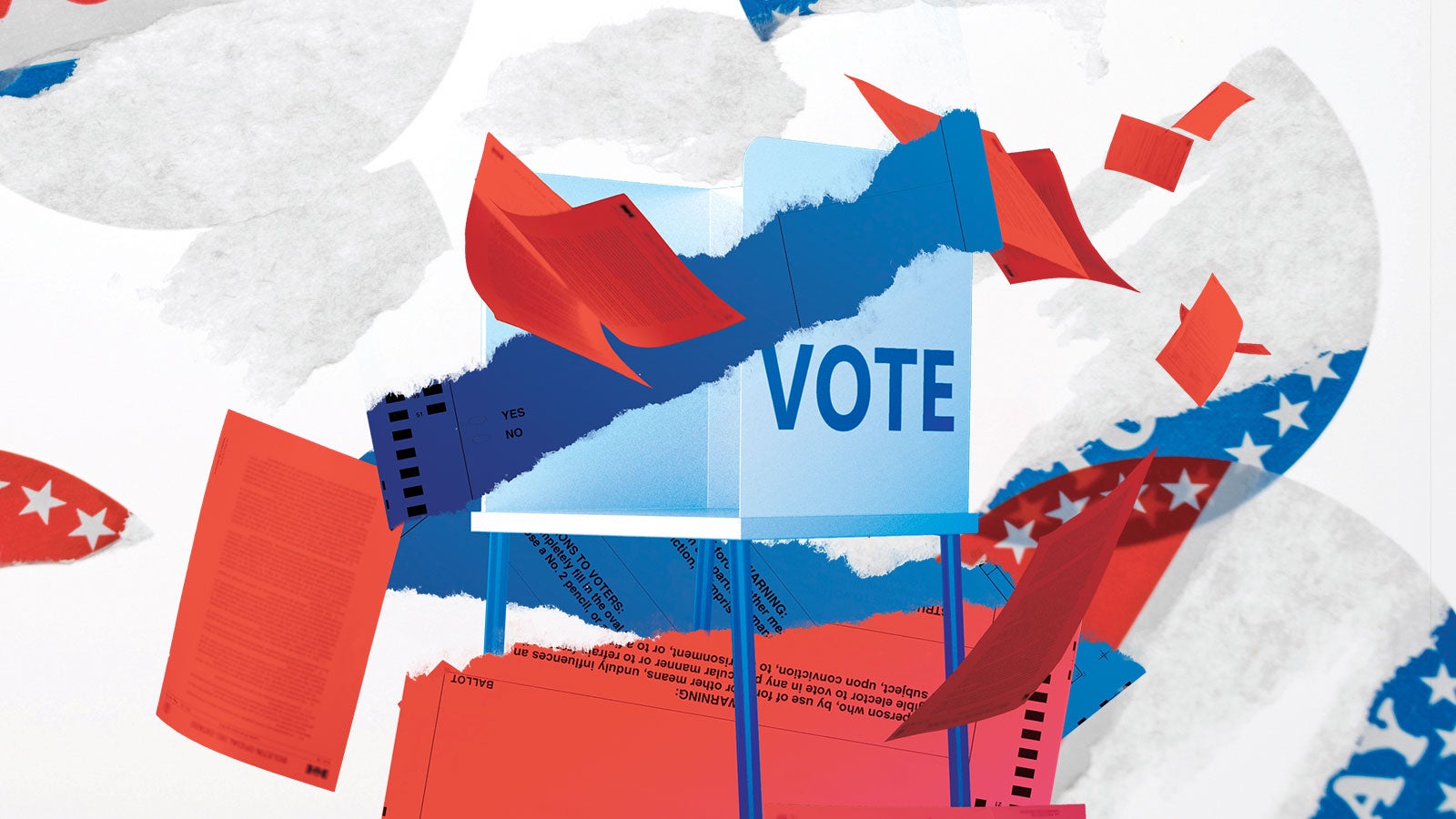
The Right to Vote?
Fall 2020 | By Laura J. Cole
The ratification of the 15th Amendment in 1870 ensured the right for Black men to vote, and the 19th Amendment did so for women in 1920. But the act of actually casting a ballot has been far from simple or without great risk for many Americans.
Many obstacles — most passed as legislation — were put in place by those wishing to disenfranchise and effectively silence Black voters. In addition to the intimidation and violence witnessed during the Ocoee massacre, those in power also preyed on limited resources, such as finances or access to education, to suppress votes.
The one constant since 1870 has been Black Americans’ fortitude in fighting to exercise the hallmark of a true democracy.
“No one gets the right to vote because they ask for it,” says Associate Professor of History Robert Cassanello, who is writing a book on voting rights in Florida. “People get the right to vote because they demand it and they organize. It’s a hard-fought kind of thing.”
For example, Cassanello cites the Ku Klux Klan marching in Orlando, Lake City and Jacksonville in 1920 to intimidate Black voters. But while the KKK marched, Black women in Jacksonville showed up to laugh at them, according to several reports. Black citizens in Jacksonville also voted in large numbers that year, only to have their votes thrown out. Yet still, they persisted.
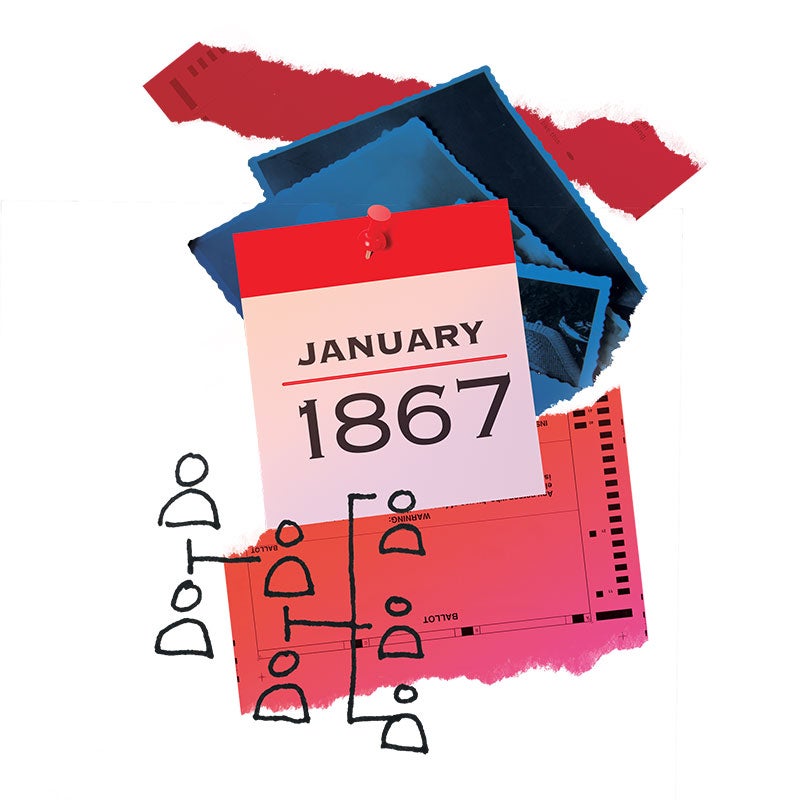
THE GRANDFATHER CLAUSE
Nearly a century would pass after the ratification of the 15th Amendment before many Black citizens were able to vote in the South. That’s because prior to being ratified, a half-dozen states — including Florida — passed laws stating that men could only vote if they could prove prior ancestral right. “As a result of the grandfather clause, through the late 19th century and very early 20th century, voters had to prove that their grandfather was eligible to vote in January of 1867, when African Americans did not have yet the right. It was effectively one of the first measures to disenfranchise Black voters in the South,” Cassanello says.
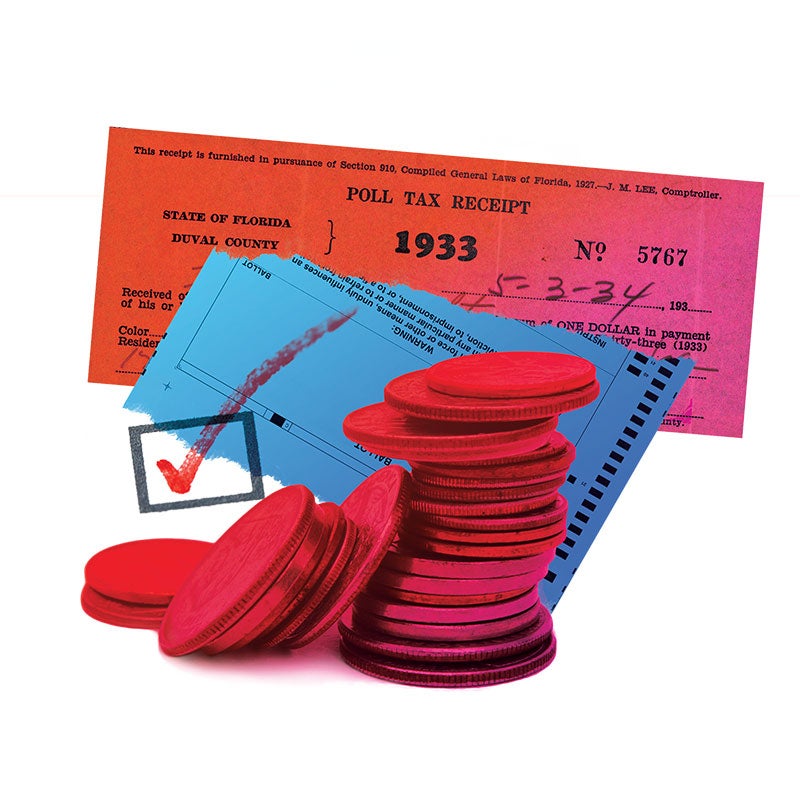
POLL TAX
In response to the 15th Amendment, 11 states in the South, including Florida, instituted a poll tax, requiring residents to provide proof of payment in order to vote. “The poll tax was created primarily to disenfranchise Black voters,” Cassanello says. “It had a lot of opposition, but that opposition came from white Democratic lawmakers who were concerned with disenfranchising poor white voters. So it was adopted reluctantly in Florida, not because of what it did to Black voters, but because of the impact it could potentially have on poor white voters.” Though the 24th Amendment abolished the poll tax in 1964, some activists argue that making former felons pay court costs and fines levied against them in order to vote is effectively a modern poll tax.
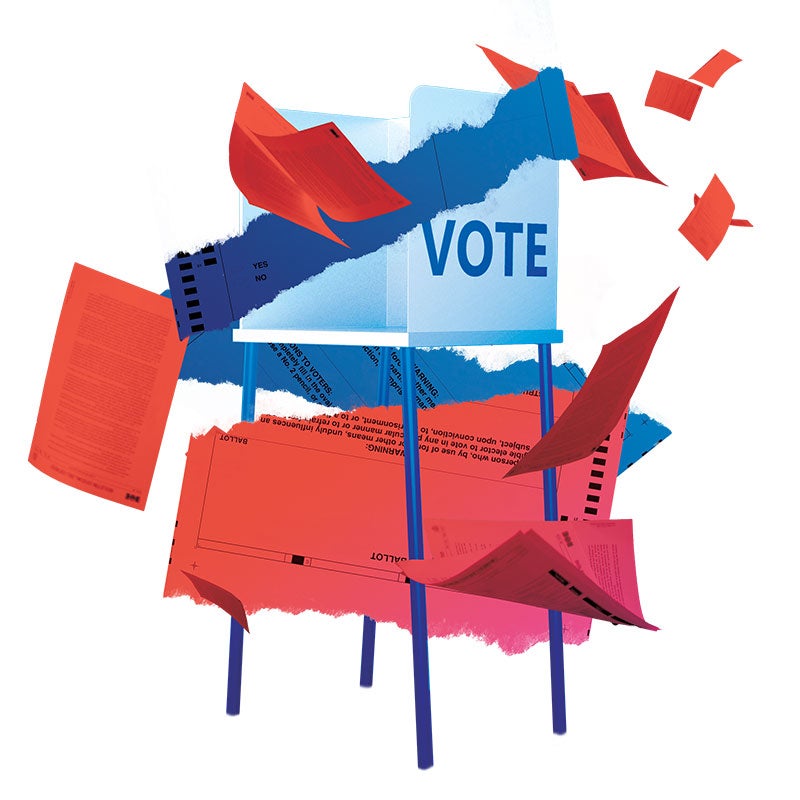
AUSTRALIAN MULTIPLE BALLOT SYSTEM
Before the Australian ballot system was adopted in the United States in 1888, voters — which included mostly white men at the time — would publicly cast their vote out loud or write the names of their candidates on a slip of paper. Named after the country that developed it, the Australian multiple ballot system included the names of all candidates, and ballots were handed to voters at polling stations.
The ballots also often included lengthy or obtuse instructions intended to confuse voters who could not read. “In Florida, voters would have an entire broadsheet, like the front page of a newspaper, full of instructions for voting,” Cassanello says. “In effect, it was a literacy test. When Florida lawmakers tried to introduce a bill to provide a literacy test in Florida, they all determined that the Australian ballot system was better than a literacy test at disenfranchising Black voters while not disenfranchising poor white voters.”
“No one gets the right to vote because they ask for it. People get the right to vote because they demand it and they organize. It’s a hard-fought kind of thing.”Robert Cassanello, associate professor of history

VOTE TOSSING
Another way that Black voters have been suppressed is by throwing their ballots away. “In the 1920 election, for example, African Americans in Jacksonville turned out to vote in large numbers, but when I compared the election returns with what I read in the local paper about how many African Americans were in line to vote, the numbers didn’t match up,” says Cassanello. “There was no way the votes of African Americans were represented in the official count.” Frequent reports of vote tossing occur, and one reason to account for it is that there are no national guidelines for voting. In Florida, as elsewhere, elections are run on the local level. “Back then, it was very easy for election officials just to kind of toss Black ballots. There are reports of this throughout the South,” Cassanello says.
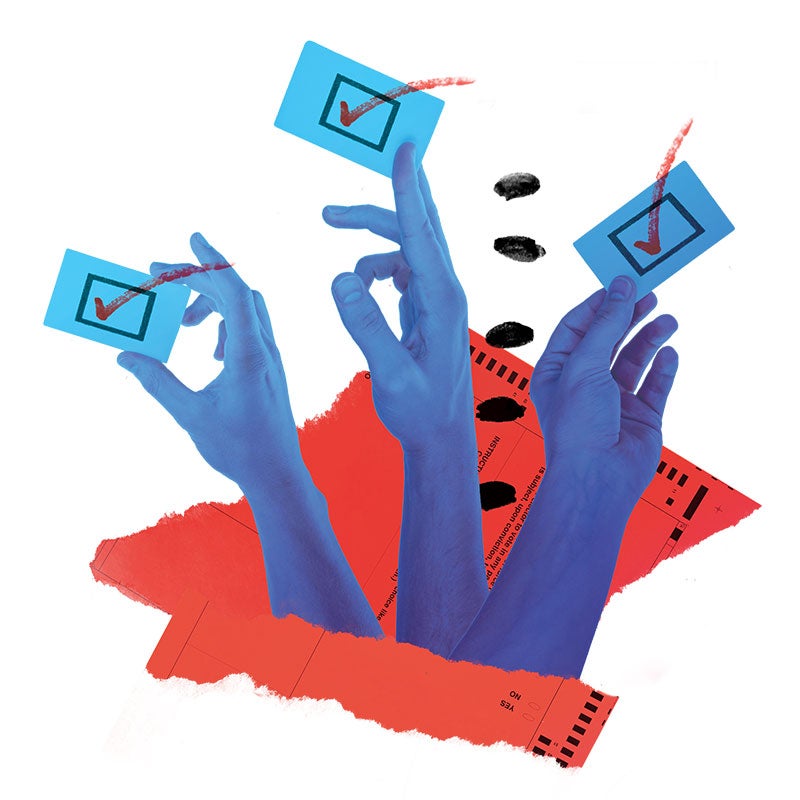
ALL-WHITE PRIMARIES
Beginning in 1896, the Florida Legislature approved political parties to host and pay for their own primaries, allowing private organizations to accept and reject members at will. “Probably the single most effective means to disenfranchise Black voters was the all-white primary,” says Cassanello. “The Democratic Party essentially became an all-white political party, and African Americans were not allowed to join, starting right before the turn of the last century.” Since Florida was essentially a one-party state at the time, winners were selected during the primaries. “The election in effect became the primary, because once somebody won the all-white primary, then they would sail to victory, and the November elections were just a procedure. It was no longer an election that mattered,” Cassanello says.
HOW BLACK VOTERS HAVE INFLUENCED AMERICA’S POLITICAL PARTIES
The Republican Party was founded in 1854 by disgruntled Democrats, Whigs and others to combat expansion of slavery into Western territories. By the time the Civil War ended, 90 percent of African Americans had joined the party of Abraham Lincoln. Until the late 1920s, “the Republican Party would be considered a Black political party in the minds of white Southerners,” Cassanello says.
The initial shift of Black voters from the Grand Old Party to the Democratic Party began as a fracturing that, as a result of all-white primaries and hardening of segregation, led to a racially segregated Black Republican Party and a white Republican Party in the South. It was also a result of the Great Migration, when nearly 6 million African Americans moved from rural Southern states to urban centers in the North, Midwest and West, and were able to vote. President Franklin D. Roosevelt saw political potential in these new voters and courted them to the Democratic Party through his New Deal program, leading some Black voters to change parties.
President Lyndon B. Johnson’s Civil Rights Act of 1964 led more Black voters to join the Democratic Party. At the same time, his political opponent, Barry Goldwater, focused on bringing former Southern Democrats over to the Republican Party, which essentially caused the two parties to flip — in both their contingents and their political values.
“I would say Roosevelt is credited for opening the door to Black voters, but Johnson really welcomed African Americans into the Democratic Party formally,” says Cassanello. “It’s a little bit more complicated because Johnson did play footsies with segregationists in the past even though he helped pass the Civil Rights Act, so I wouldn’t say it’s a neat history. I certainly wouldn’t make Roosevelt and Johnson look like the white equivalent of Martin Luther King Jr. This was all political pragmatism. They realized their future and the future of the Democratic Party were connected to Black voters.”